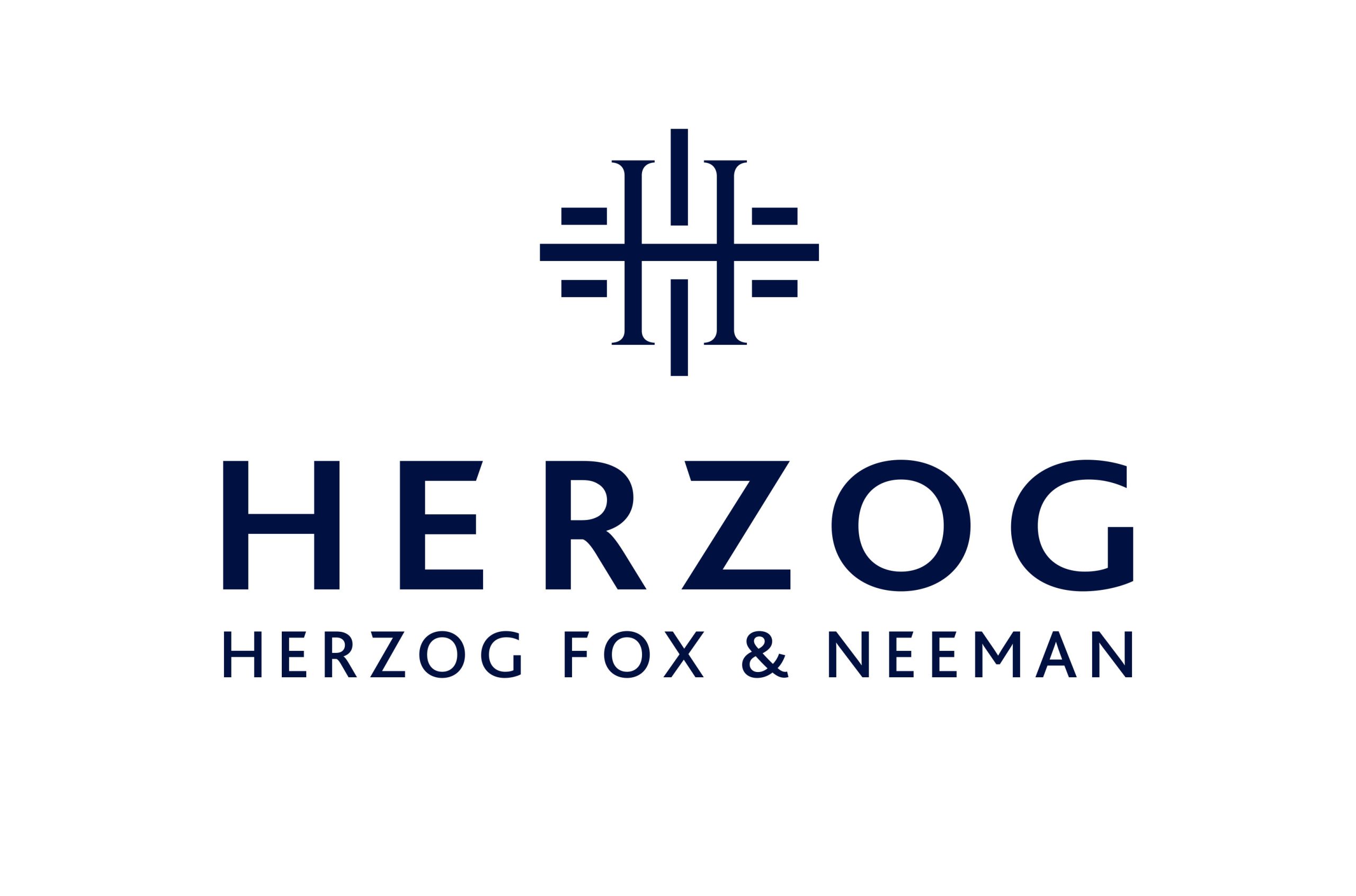Overview of NVCA Documents Updates – October 2023
7 December 2023
Dear clients and colleagues,
In the ever-changing field of corporate law, staying updated on industry norms is crucial. We wish to inform you on the October 2023 updates made to the National Venture Capital Association (NVCA) templates, shedding light on key changes that have been incorporated into the Investment Rights Agreement (IRA) Model, Certificate of Incorporation (COI) Model, Stock Purchase Agreement (SPA) Model, Voting Agreement Model, and Right of First Refusal (ROFR) Model.
IRA Model:
The 2023 IRA Model has undergone substantially the most updates, emphasizing flexibility, transparency, and investor protection. Noteworthy changes include:
- Inclusion of terms like “Direct Listing” as the updated model incorporates it into the S-1 demand section. This acknowledges the growing popularity of Direct Listings as an alternative to IPOs for companies going public. Unlike IPOs, Direct Listings involve no new share issuance or capital raising. Instead, existing shareholders sell shares directly to the public without an underwriter, offering transparency and cost efficiency. In a Direct Listing, the market, not underwriters, determines the opening share price, and there’s typically no lock-up period, allowing existing shareholders to sell immediately.
- The updated model introduces the term “Sanctioned Party” to address Committee Foreign Investment in the US (CFIUS) concerns. This addition acknowledges that parties listed on sanctioned lists may not be entirely prohibited but may instead face more specific restrictions. The term is incorporated into various sections of the updated model, such as the pro rata waiver section, which adds an explicit exclusion of shares held by Sanctioned Parties.
- Recalibration of Information Rights, extending the delivery period for unaudited annual financial statements to Major Investors to 180 days.
- Significant expansion of Additional Covenants, introducing mandates for an annual budget, reimbursement of investor’s legal counsel expenses in connection with an IPO, diversity covenants to require companies to adopt written policies promoting diversity and equity, case management covenants assuring investors that their funds are wisely managed, and cybersecurity measures. Notably, these covenants were absent in the prior model, reflecting the dynamic corporate landscape and the necessity for on-going adaptation.
- Added language now specifies that investors can request information regarding their holdings on a quarterly basis, even if they choose to waive their statutory information rights.
- An infusion of arbitration for dispute resolution is widely seen in all the transaction documents, representing a strategic move towards efficiency and confidentiality in conflict resolution.
- Finally and most interestingly, the Pro Rata Waiver Protection undergoes a significant overhaul. In the previous version of the model IRA, if investors chose to waive their pro rata rights in connection with a financing round, there was a default provision that allowed some, but not all, of those investors to still participate in subsequent financing rounds where pro rata rights were waived. This means that certain investors who initially gave up their pro rata rights could, by default, retain the option to participate in later financing rounds even if they had initially waived those rights. The updated model IRA has removed this default provision, which enhances protection for smaller investors. Now, if investors decide to waive their pro rata rights, there is no automatic provision allowing them to participate in subsequent financing rounds where pro rata rights are waived. This change aims to provide more clarity and prevent unintended consequences, ensuring that investors are not inadvertently given participation rights they may not have intended to retain. It adds a layer of precision and fairness in aligning the participation rights with the explicit decisions made by investors regarding their pro rata rights.
COI Model:
On second place, the 2023 COI Model sees many changes, focusing on clarity, simplicity, and enhanced investor protection. Key modifications include:
- The updated model charter significantly improves entitlements for Preferred Stockholders in dividends and liquidation. The new provisions introduce “pari passu dividends,” ensuring equal distribution among series. Additionally, it specifies “pari passu” preferred stock liquidation, guaranteeing equal asset distribution during liquidation. This enhances clarity and equal treatment of all series Preferred Stock, addressing the previous model’s lack of explicit mention of “pari passu” in both dividends and liquidation.
- Refined definition of “Deemed Liquidation Event,” with voting on an as-converted basis to accommodate anti-dilution adjustments. In contrast, the old language did not explicitly require voting on an as-converted basis. This modification ensures a fair and accurate representation of the Preferred Stockholders’ voting power, considering the impact of potential anti-dilution adjustments on their ownership stakes in the event of a Deemed Liquidation.
- Introduction of the term At-Large Directors in the Election of Director section, which specifies that, when at least a certain number of Preferred Stock shares remain outstanding, the holders of Common Stock and any other class or series of voting stock (including Preferred Stock) will collectively vote to elect the “At-Large Directors.” This ensures a unified voting mechanism, where all stockholders, voting together on an as-converted to Common Stock basis, participate in electing these directors. The term “At-Large Directors” refers to those directors not specifically tied to a particular series but elected by the broader stockholder base, streamlining the process for filling vacancies and providing a clear mechanism for stockholders to collectively influence these appointments. In contrast, the old language did not include such a mechanism for electing directors collectively.
- Broadening the scope of trigger events for Mandatory Conversion to include the option of a “Qualified Direct Listing.”
- Preferred Stock Protective Provisions expanded to require Requisite Investors’ consent for issuing Convertible Securities, ensuring protection against additional SAFEs or convertible note financings without investor approval.
- Lastly, the COI Model now offers indemnification for officers, expanding beyond directors, in response to the August 1, 2022, amendment to the DGCL. This change accommodates a legal shift allowing exculpation from breaches of the duty of care to include certain officers, aiming to counter a trend of suing inside board members in their capacity as officers to avoid dismissal of fiduciary duty claims for which directors are exculpated. While this provision won’t prevent suits for duty of loyalty breaches or derivative actions, it balances investors’ ability to sue officers directly for duty of care breaches with providing maximum legal protection.
SPA Model:
The provision on “Conversion and Termination of Convertible Securities” in the SPA Model standardizes the convertible instrument conversion process. Representations and Warranties of the Company have been enhanced, particularly in Intellectual Property and Data Privacy, to align with contemporary business operations. Here’s a brief overview of the updates:
Intellectual Property (IP):
Ownership and Rights:
- The Company now explicitly states that it owns or has acquired sufficient legal rights to all Company Intellectual Property on commercially reasonable terms.
- The representation regarding infringement or violation of Intellectual Property Rights now includes specific mention of conflicts with prior employees, consultants, or affiliated academic/medical institutions.
- The Company affirms that conducting its business as proposed would not infringe on the Intellectual Property Rights of third parties.
Divulgences and Licenses:
- The Company now specifies that it has not granted options, licenses, or agreements related to Company-Controlled Intellectual Property, except as outlined in standard agreements.
- A broader representation is made regarding products or services violating licenses or infringing intellectual property rights of third parties.
Generative AI:
- The model introduces a section on Generative AI Tools, outlining compliance, restrictions on using sensitive information, and assurance that such tools have not materially affected the Company’s ownership or rights.
Data Privacy:
Compliance with Privacy Requirements:
- The model explicitly mentions compliance with privacy laws, data security laws, and requirements regarding AI and automated decision-making.
- Privacy Requirements now include adherence to industry standards and codes of conduct.
Security Measures:
- The Company provides that it maintains reasonable physical, technical, and administrative security measures for the protection of Personal Information.
HIPAA Compliance (if applicable):
- If the Company deals with protected health information, it explicitly states compliance with HIPAA, including the designation of privacy and security officials, training, policies, and regular security risk analyses.
Incident Reporting:
- The Company provides a representation regarding the occurrence of any unlawful, accidental, or unauthorized access to Personal Information, indicating a commitment to reporting such incidents as required by Privacy Requirements.
Voting Agreement Model:
- The 2023 Voting Agreement Model sees minimal changes with additions such as “Sanctioned Party” and new alternatives for Board Composition. The removal process for directors designated by multiple parties gains clarity, streamlining decision-making.
ROFR Model:
- Changes in the ROFR Model include adjustments to lock-up provisions, the removal of the concept that Key Holders are not bound if directors, officers, and 1% holders are not bound, and the incorporation of new terms and alternatives aligning with the updates made in the other models.
In summary, these updates reflect a concerted effort to adapt to the evolving legal landscape, emphasizing transparency, flexibility, and enhanced investor protection. For any inquiries or concerns regarding these changes, our team is at your disposal and ready to guide you through the intricacies of the NVCA updates.
Best regards,
Hi-Tech Department, Yair Geva and Jael Tahan





